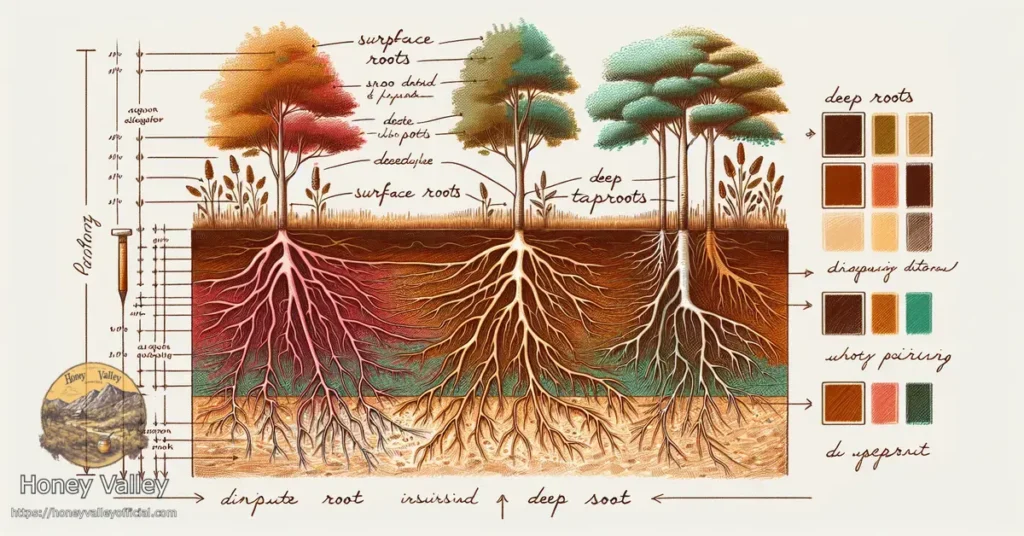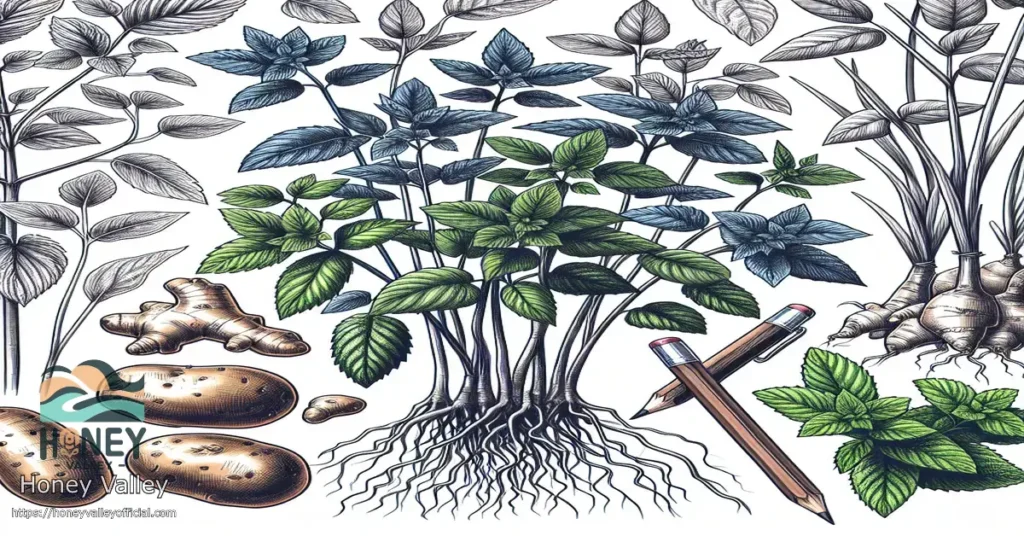Flowers are one of the most beautiful creations of nature. They come in a variety of shapes, colors, and sizes, captivating our senses with their enchanting fragrance and delicate petals. But have you ever wondered about the structure of a flower and its different parts? In this article, we will explore the four main parts of a flower and their functions.
1. Petals
Petals are the colorful, often fragrant parts of a flower that surround the reproductive organs. They are usually the most visually striking part of a flower and serve the purpose of attracting pollinators like bees, butterflies, and birds. The vibrant colors and enticing fragrances of petals help in luring these pollinators towards the flower, ensuring the transfer of pollen from one flower to another.
2. Sepals
Sepals are the leaf-like structures that protect the developing bud of a flower. They are usually green in color and form the outermost layer of the flower. Sepals provide support and act as a protective covering for the delicate petals and reproductive organs inside. Once the flower blooms, the sepals may remain attached or fall off, depending on the plant species.
3. Stamen
The stamen is the male reproductive part of a flower. It consists of two main components: the filament and the anther. The filament is a long, slender stalk that holds up the anther, which is a sac-like structure. Inside the anther, pollen grains are produced. When a pollinator brushes against the anther, the pollen grains stick to its body, allowing for pollination to occur.
4. Pistil
The pistil, also known as the carpel, is the female reproductive part of a flower. It is made up of three main parts: the stigma, the style, and the ovary. The stigma is located at the top of the pistil and serves as a landing platform for pollen grains. The style is a tube-like structure that connects the stigma to the ovary, which contains the ovules. After pollination, the ovules develop into seeds.
These four parts – petals, sepals, stamen, and pistil – work together to ensure the reproduction of flowering plants. Each part plays a crucial role in attracting pollinators, producing and transferring pollen, and facilitating the growth of seeds.
It is important to note that while these four parts are common in most flowers, there can be variations in their size, shape, and arrangement. This diversity is what makes the world of flowers so fascinating and awe-inspiring.
Next time you come across a beautiful flower, take a moment to appreciate its intricate structure and the vital role each of its parts plays in the cycle of life.


